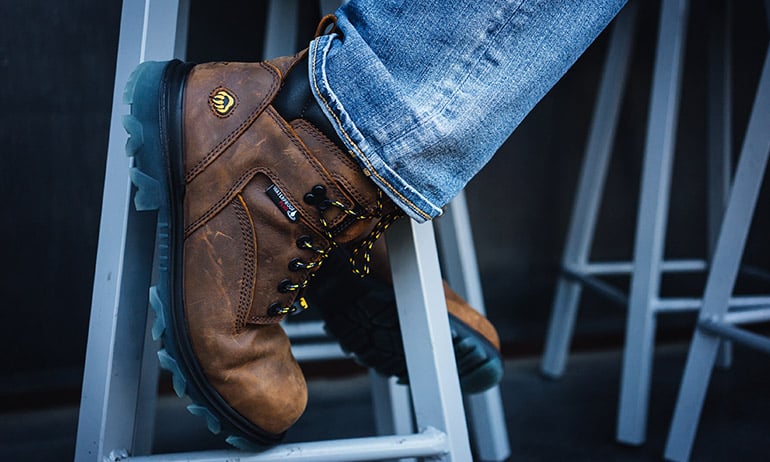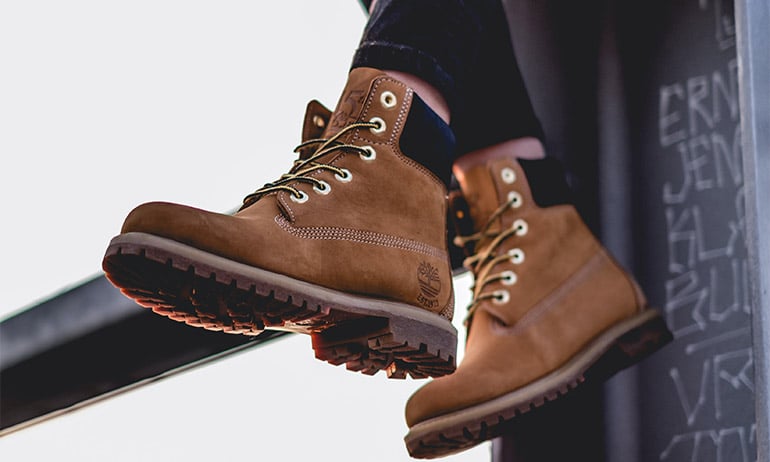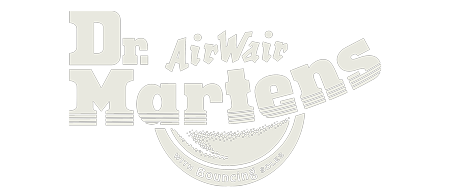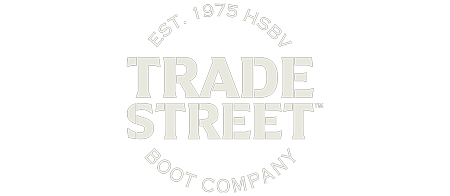Jun 18, 2021 / Safety Toe Footwear, Slip Resistant Footwear
Warehouse Safety Tips & Procedures
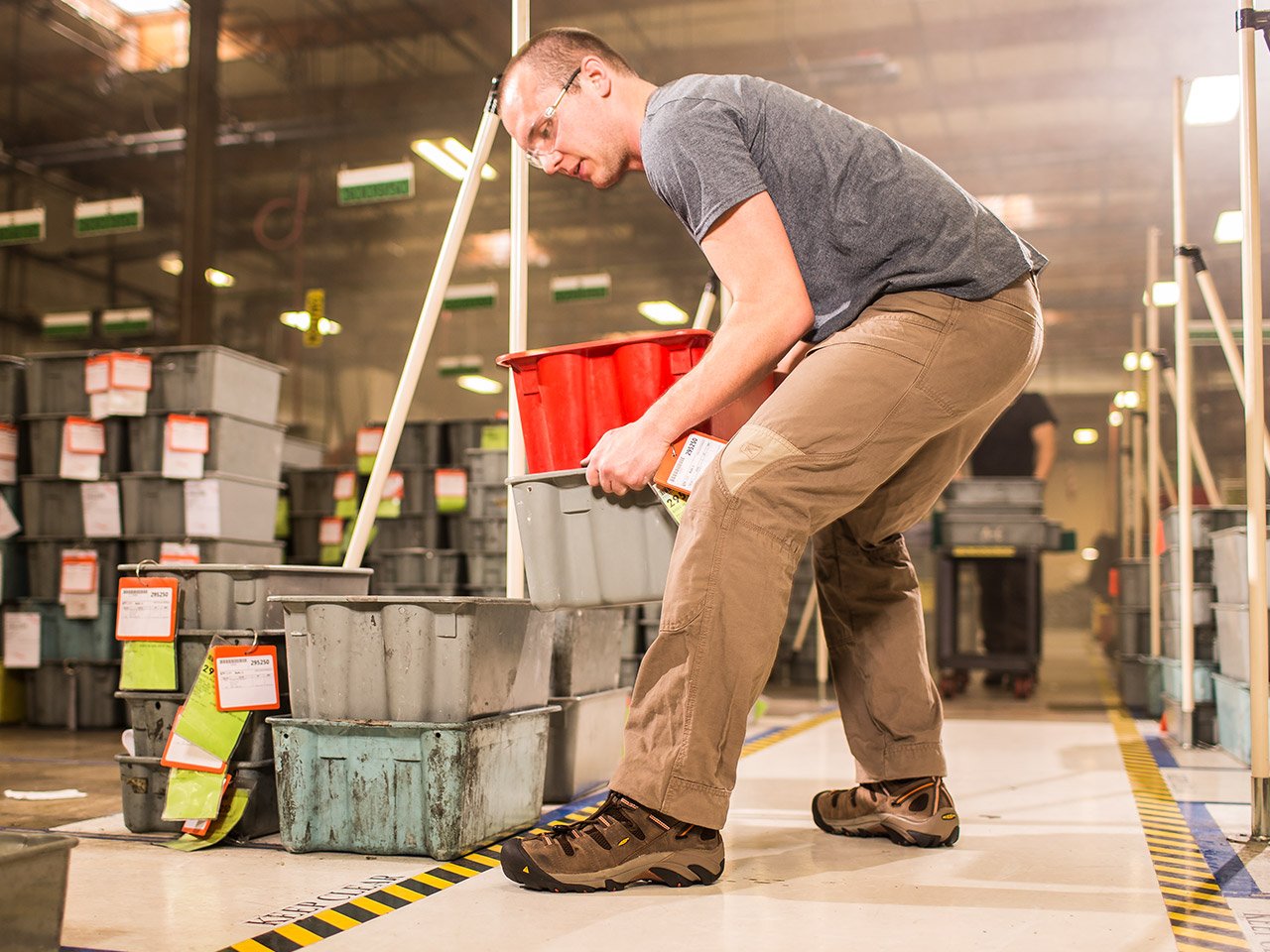
Working in a warehouse environment is not only a tough job, it can also be a dangerous one. In 2021 alone, 2,607,900 non-fatal injuries were reported in the private sector with an additional 5,190 work-related injuries resulting in death. While staggering, with proper training, the warehouse can be a workplace of productivity, not peril or fear of potential hazards.
Although many risks are inherent to the industry, if you educate yourself and your employees on appropriate warehouse safety procedures and prepare for any potential hazards, you can significantly reduce the risk of accident and/or injury. Read on for the most essential warehouse safety tips from the experts at Boot World.
Educate Yourself
The first step in educating yourself about warehouse safety is to understand what is OSHA. OSHA, or the Occupational Safety and Health Administration (OSHA), provides an extensive list of standards that should be implemented in any warehouse to maintain worker safety. Whether your business is in construction, maritime, or general industry, there are necessary regulations to be aware of and follow. This helps to keep employees safe from accidents, injury, or hazardous material as well as to protect your business from lawsuits and even closure.
OTI Education Centers are nonprofit organizations authorized by OSHA to deliver occupational safety and health training to workers, supervisors, and employers. These centers offer regular seminars on a variety of health and safety topics and can be helpful resources for continued education and to gain more workplace safety tips.
Common Warehouse Accidents
In the warehouse setting, specific types of injuries tend to be more prevalent due to the nature of the work. These include slip, trip, and fall incidents, often occurring when employees navigate through narrow aisles or over cluttered surfaces. Musculoskeletal injuries (i.e., strains and sprains) are particularly common and are often a result of heavy lifting or repetitive movements like stacking boxes.
Cuts and lacerations can happen when handling sharp objects or packaging materials, while burns may result from contact with hot machinery or chemicals. Inhaling harmful substances like dust or fumes can lead to respiratory issues over time. Falling objects also pose a risk, potentially causing head injuries, while machinery accidents can result in crushing injuries. Warehouse workers also face ergonomic injuries from poorly designed workstations, which can lead to long-term health problems. Recognizing these specific warehouse-related injuries is vital for implementing safety measures to protect employees and maintain a secure working environment.
Create A Workplace Safety Program
Abiding by OSHA guidelines is not only national law but is also a great reference point when creating a workplace safety program. Once you are aware of the regulations and common violations, you can implement proper safety protocols to protect yourself and your employees from safety risks and potential warehouse accidents. Here are a few key features every workplace safety program should include:
- An Emergency Action Plan and Exit Strategy
- Warehouse Safety Signs
- Medical Services and First Aid
- Equipment Checks
- Personal Protective Equipment Guidelines
- Training Procedures
The most significant threats to worker safety in warehouses are power tools and heavy machinery. However, if you are aware of the risks associated with both being around and operating these tools and machinery, you can avoid the danger zone and significantly lower the chances of finding yourself in a precarious situation.
How To Safely Operate Machinery
In addition to wearing the best shoes for warehouse work, all warehouse employees should be trained on proper procedures for operating applicable machinery such as a forklift and power platforms, as well as heavy equipment. These safety standards should be followed at all times:- Only trained and licensed employees should operate machinery.
- Supervision should be present during training to ensure proper instruction and precautions.
- Ongoing training is essential for experienced employees as well as whenever new equipment is introduced.
- Training should cover preventive measures and recognizing safety hazards.
How to Safely Operate Power Tools
Power tools also demand careful handling. To protect employees from potential hazards associated with power tools, follow these warehouse safety measures:
- Regular inspection, maintenance, and necessary modifications
- Proper instruction and training for tool users
- Provision of specific personal protective equipment (PPE) for employees using hand and power tools
Even when machinery or power tools aren't involved, there can be other threats to warehouse workers' health and safety. Employees handling hazardous materials should be well-versed in proper material handling and storage procedures, while those lifting heavy equipment or supplies should be equipped with the necessary tools and techniques to do so safely.
Wear the Right Gear
Whether it's gloves and masks when dealing with hazardous materials or fireproof attire around flammables, wearing the right gear can be a lifesaver. In construction and similar environments, hard hats and safety toe work boots are essential. The right gear—including the best work boots for construction and the best shoes for working on concrete—can be the saving grace in an otherwise fatal situation, making the difference between safety and injury or even death.
While personal protective equipment (PPE) will vary in every warehouse environment, all warehouse workers need proper footwear. Both men's work boots and women's safety shoes provide stable, comfortable workwear in any condition and protect against various potential foot injuries.
Elevate Workplace Safety with the Boot World Corporate Footwear Program
Equipping your company with the right gear is a straightforward and effective way to prevent work-related accidents. Elevate workplace safety with our Corporate Footwear Program—which includes an Employee Benefits Service, reducing out-of-pocket expenses for your employees, and a Mobile Footwear Store, ensuring convenient access to top-notch safety boots—and make strides towards a safer, more productive, and confident workforce.
At Boot World, we're more than just a provider of safety gear; we're your partners in fostering a culture of safety and well-being in the workplace. Your commitment to safety today ensures a brighter and injury-free tomorrow for your team and business.
Sources:
"Injuries, Illnesses, and Fatalities.” Www.bls.gov, www.bls.gov/iif/home.htm.
Reviewed By:
Ed Stone brings over 45 years of footwear knowledge and passion to his role as President of Boot World, a family-owned company and an industry leader in safety and occupational footwear. A second generation "shoe dog” Ed's footwear knowledge is unparalleled, serving as an informal advisor for some of the worlds largest footwear brands including Wolverine, Timberland PRO, and Reebok Works.
A lifelong Southern California resident, and ardent conservationist, Ed enjoys hiking and open water swimming.





